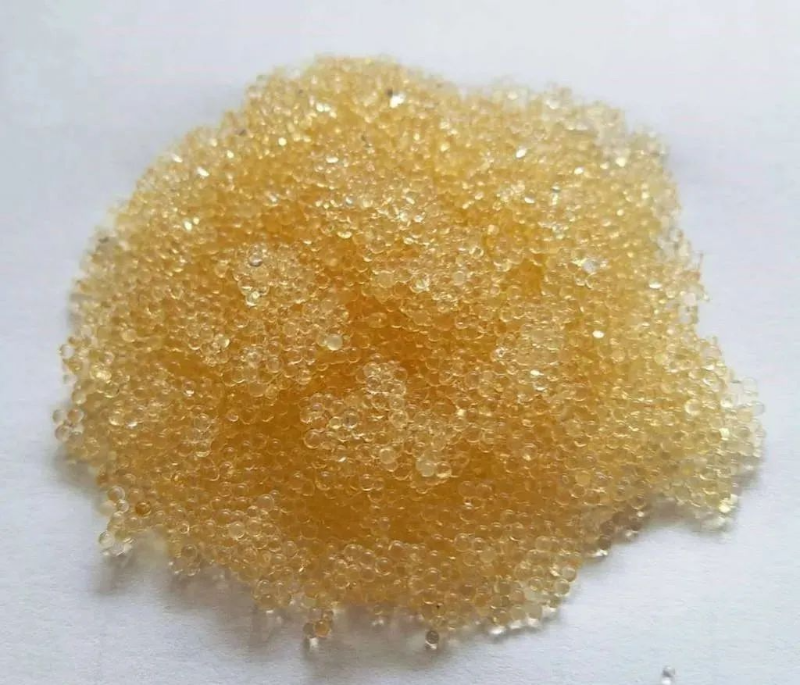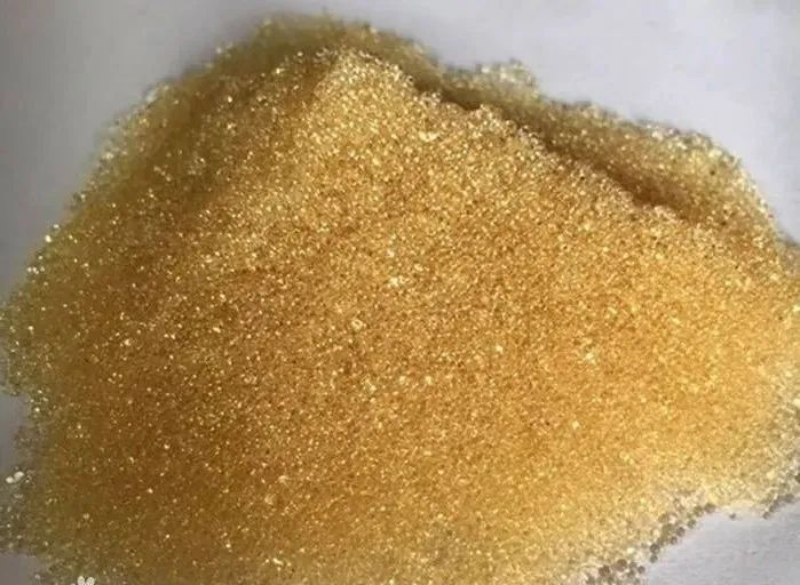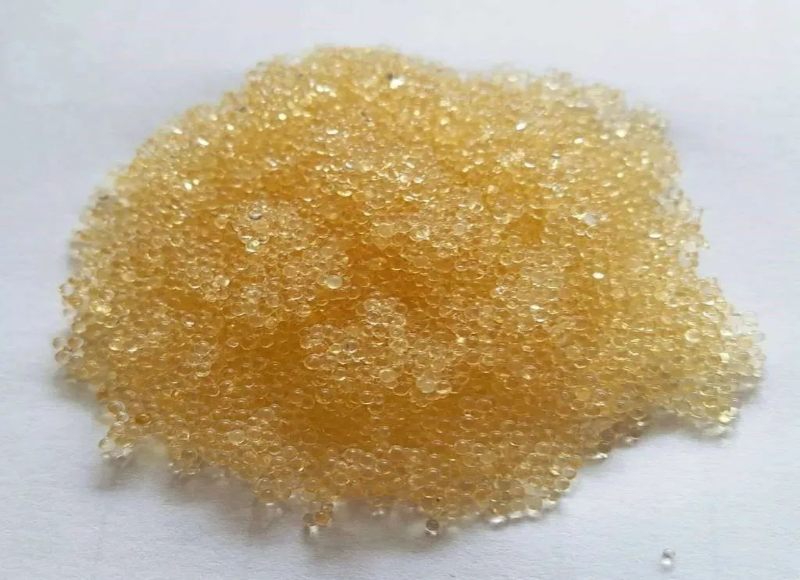(+86)0532-88988868
Ion exchange resins are insoluble polymer compounds with functional groups (active groups with exchange ions), network structure, and insolubility. It is usually spherical particles. The full name of an ion exchange resin consists of a taxonomic name, a skeleton (or gene) name, and a basic name.
The pore structure is divided into two types: gel type and macroporous type, and all resins with physical pore structure are called macroporous resins, and "macropores" are added before the full name. If the classification is acidic, "yang" should be added before the name, and if the classification is alkaline, "yin" should be added before the name. Such as: macroporous strong acidic styrene cation exchange resin.

Sub-exchange resins can also be divided into styrene-based resins and acrylic-based resins according to the type of their matrix. The type of chemically active group in the resin determines the main properties and categories of the resin. First of all, it is divided into two categories: cationic resins and anionic resins, which can be exchanged with cations and anions in solution, respectively. Cationic resins are divided into two categories: strong acidity and weak acidity, and anionic resins are divided into two categories: strong alkaline and weak alkaline (or medium strong acids and medium strong alkaline ones).
1. Resin preservation method
Ion exchange resin can not be stored in the open air, the temperature of the storage place is 0-40 °C, when the temperature of the storage place is slightly lower than 0 °C, clear saturated salt water and soaking resin should be added to the packaging bag. In addition, when the storage temperature is too high, it not only makes the resin easy to dehydrate, but also accelerates the degradation of the anion resin. Once the resin loses water, water can not be added directly when using, it can be soaked in clear saturated salt water, and then gradually diluted with water to wash off the salt, and it should be kept moist during storage.

2. Resin pretreatment
The new resin to be used for column loading is washed repeatedly with hot water (clean tap water is sufficient), and the cation exchange resin can be used with hot water at 70-80 °C, and the anion exchange resin has poor heat resistance, and hot water at 50-60 °C can be used. When you start soaking, change the water every 15 minutes, stir from time to time when soaking, change the water every 4-5 times, change the water every 30 minutes, a total of 7-8 times, and soak until the soaking water is not brown and the foam is very little.
After washing, the cation exchange resin can be treated with acid and alkali as follows:
Slowly flow through the resin with 1N hydrochloric acid, the dosage is about 2-3 times the volume of the strong acid cation resin, and 1.5 times the bed volume per hour.
Rinse with water, the effluent PH is about 5, and flow through the resin with 3 times the volume of 5% NaCl solution at the same rate as 1.
1NNaOH was used to flow through the resin, and the dosage and flow rate were the same as 1.
Rinse with water until the effluent PH is about 9.
With 1N hydrochloric acid or sulfuric acid, the resin was converted into H-type, the dosage was 3-5 times the volume of the resin, and the flow rate was the same as 1. After the acid is finished, rinse with deionized water until the effluent PH value is above 6, and then it can be put into use.
For the acid and alkali treatment sequence after the anion exchange resin is washed, the alkali → acid → alkali sequence, acid and alkali dosage and flow rate, the strong alkali resin corresponds to the strong acid resin, and the weak alkali resin corresponds to the weak acid resin.

3. Resurrection treatment of resin
In the process of ion exchange resin, after a period of operation, the quality of the effluent gradually decreases, and the exchange capacity gradually decreases. This is generally caused by contamination of the resin during operation. In the refining of wastewater and biochemical substances, due to the complexity of the composition, the resin is more susceptible to pollution, so appropriate measures should be taken for resurrection treatment, and different resurrection treatment processes should be adopted for different situations, and technical guidance can be provided according to the specific situation.


